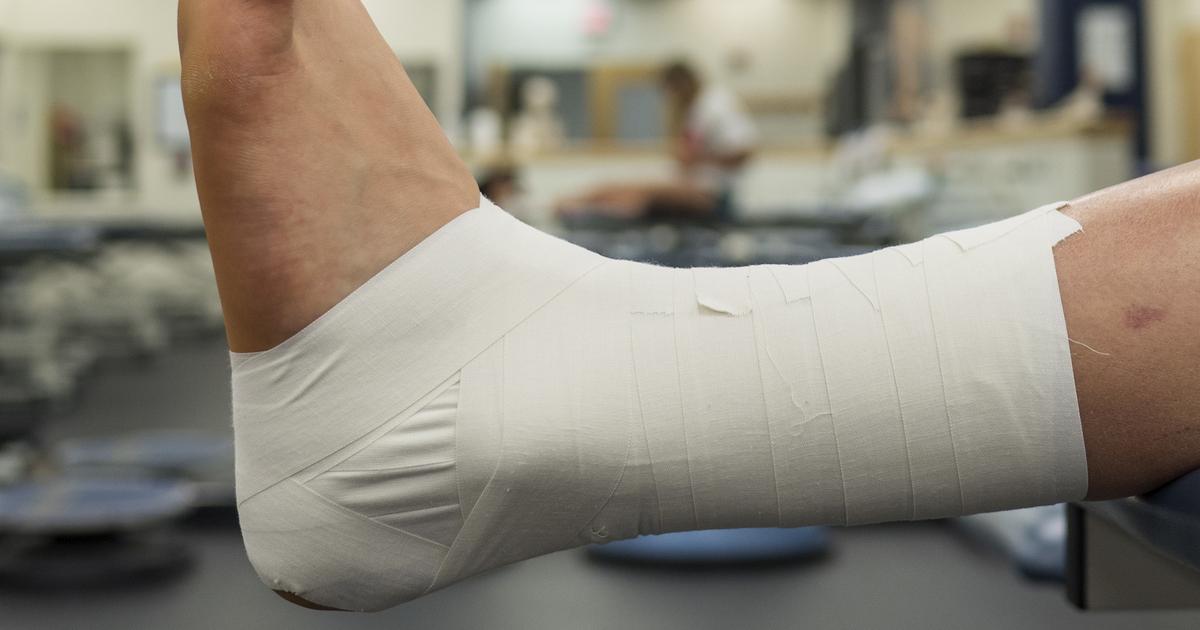Common Causes Of Ankle Pain
Sprained Ankle

A sprained ankle is the result of the ligaments in the joints getting overstretched or torn due to physical activity or injury. Most individuals experience what is known as a lateral sprain, which involves the foot rolling in a way that causes the outside of the ankle to roll toward the ground, stretching or tearing ligaments in the ankle. Usually, the condition is alleviated by immobilizing and resting the foot and taking over-the-counter pain medications and anti-inflammatories. Most sprains stop bruising and swelling after two weeks, but it could take months for the injury to fully heal depending on how severe it is. A sprain, even once healed, will cause the affected ankle to be weaker and less stable in many cases.
